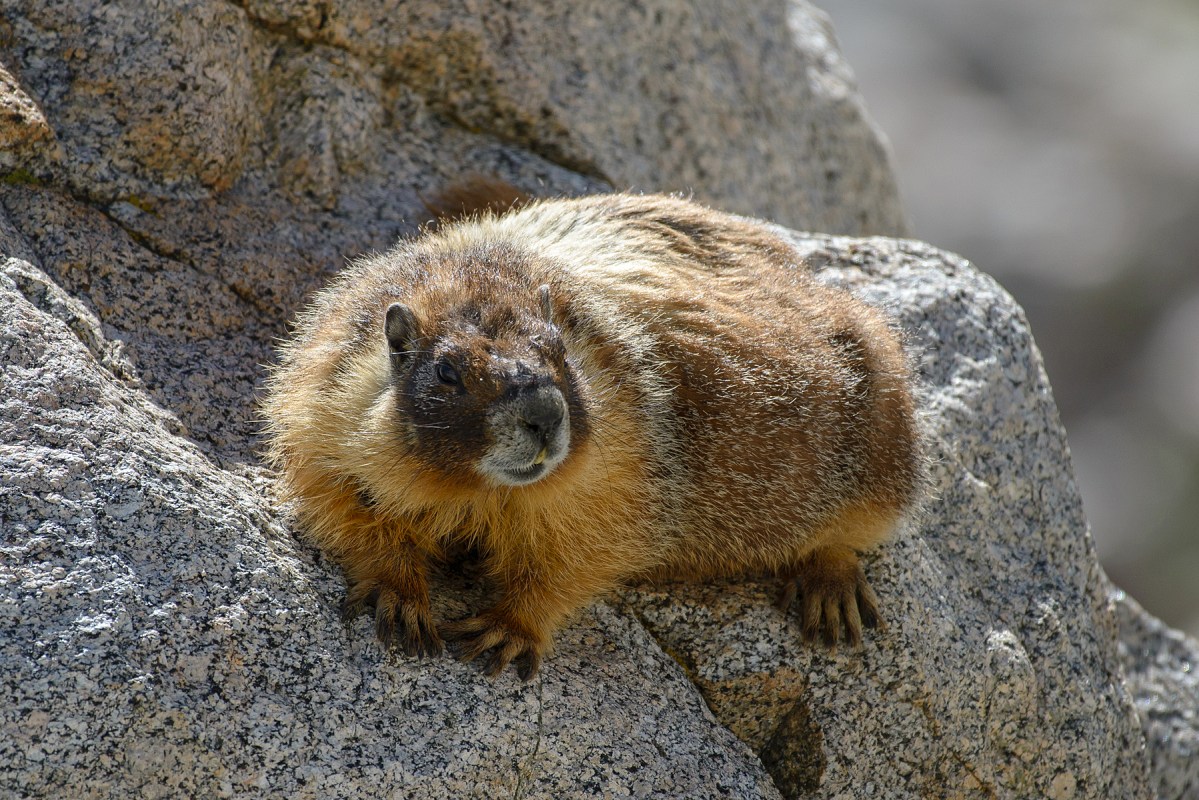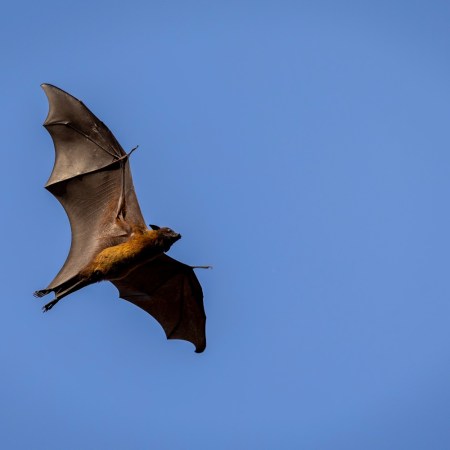For entirely understandable reasons, scientists have spent a lot of time looking into matters of human aging and mortality. What can be more surprising, though, is to see what animals they’ve been researching to gain insight into the matter. Jellyfish, for instance, are a subject of fascination for many researchers — even though the parallels between human and jellyfish biology can be challenging to figure out.
The latest animal to pique the interest of scientists is, at least at first, a little closer to humans — if nothing else, they’re also mammals. But the yellow-bellied marmot — part of the squirrel family known for making its habitat in mountainous regions — is also far from an obvious choice when it comes to human aging. But as a recent series of findings show, that doesn’t mean it’s not without merit.
As reported in Smithsonian Magazine, scientists have zeroed in one one particular aspect of marmots’ lives as relevant to humans — that they don’t seem to age when they hibernate.
A new study published by the journal Nature Ecology and Evolution documents what researchers have learned about marmots, and how that could help us live longer lives. Yellow-bellied marmots are especially notable due to the length of time that they hibernate — seven to eight months out of the year, which gives them an average lifespan of around 15 years.
Among their conclusions? “With respect to circannual patterns, the epigenetic age increased during the active season and essentially stalled during the hibernation period,” the scientists write. With epigenetic aging emerging as a hot topic when it comes to longevity, this particular trait found in the marmots could have applications far beyond the rodent world.
Whether you’re looking to get into shape, or just get out of a funk, The Charge has got you covered. Sign up for our new wellness newsletter today.


















